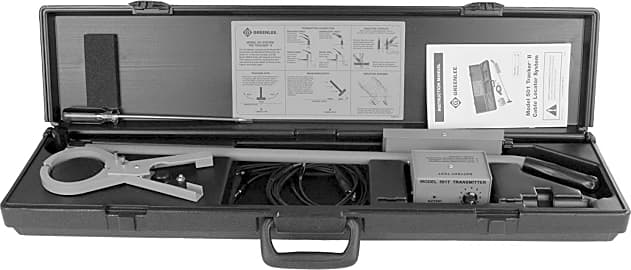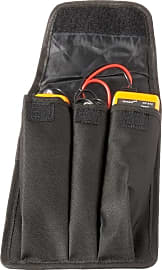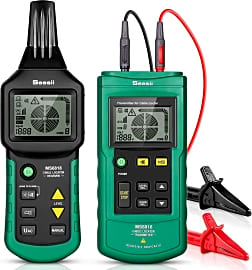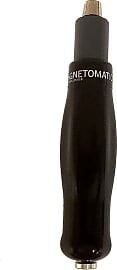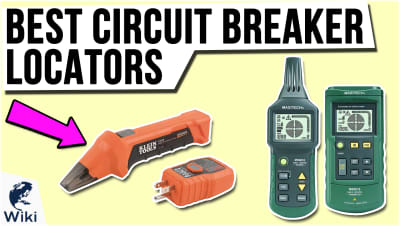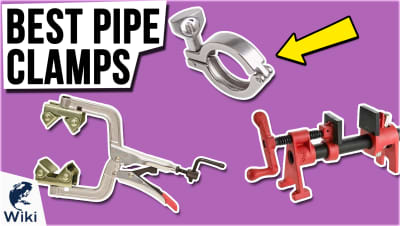The 8 Best Pipe Locators

This wiki has been updated 25 times since it was first published in October of 2019. Digging blindly on a construction site is dangerous business. Accidentally damaging a buried cable, or sewer or water line can seriously hurt a contractor's reputation, productivity and profit margin. To avoid problems like this, invest in a pipe locator, which can help you figure out what's where before you begin excavation. Our rankings cover everything from simple solutions to top-end machines. When users buy our independently chosen editorial recommendations, we may earn commissions to help fund the Wiki.
Editor's Notes
November 14, 2019:
Digging a trench can be a drag at the best of times, but that day can get a whole lot worse in a hurry if you accidentally bring down a Bobcat bucket on a water line, or the blade of a spade on an electrical cable. Pipe locators offer tradespeople an opportunity to avoid fiascos like these, by surveying an area before excavation and scanning for any possible hazards below the surface. While the designs and features of these machines can vary drastically and come off as incredibly complex, the theory behind them is simple enough: look for the induced magnetic field produced by an energized conductor to suss out its whereabouts.
The simplest way this can be accomplished is via passive locating, which involve scanning for the 50 or 60 Hertz field (depending on your local service authority) produced by live electrical wires. However, since live wires are all this method can detect, it’s extremely limiting. If you’re looking to discover telecommunication cables, inactive electrical wires, water piping or any other sort of conduit, you’re going to need to apply active locating methods.
Active locating depends on a separate transmitter unit to help create a circuit through which current can flow, broadcasting a signal that’ll be recognizable by your pipe locator. There’s three basic types of active locating:
Direct Active Locating: Is typically the method that will garner the best results. It involves clamping one transmitter lead directly onto the conductor or raceway you’re trying to trace, and clamping the other onto a ground rod oriented approximately 90 degrees away from the line you’re tracing. If the pipe you’re attempting to trace is non-conductive, you might be able to get away with feeding a fish tape down the pipe, and energizing the tape.
Inductive Active Locating: Is considered to be the least reliable method, and is sometimes referred to as the “drop the box” technique. It depends on radio frequencies broadcast through the air to help find a pipe. However, its range is limited and it tends to produce false readings when you’re too close to the transmitter. Plumbers trying to locate a tough obstruction in a pipe can use a variation of inductive locating, sending specialized, micro transmitters called sondes (they even have flushable ones) down pipes, letting the sonde find the obstruction and then working on finding the sonde.
Inductive-Clamp Active Locating: Isn’t all that dissimilar to direct active locating, in practice. The primary difference is that this method depends on a wrap-around clamp to induce a magnetic field unto a pipe, as opposed to an alligator clamp to directly apply current.
Several of the options we ranked in this category – including the Tempo Communications 501 and the Leica Geosystems DD120 Kit – come with their own transmitter. Others – such as the Ridgid 21893 SR-20 and the Ridgid 19238 NaviTrack Scout – might not be packaged with a transmitter, but are built to be compatible with virtually every option on the market.



